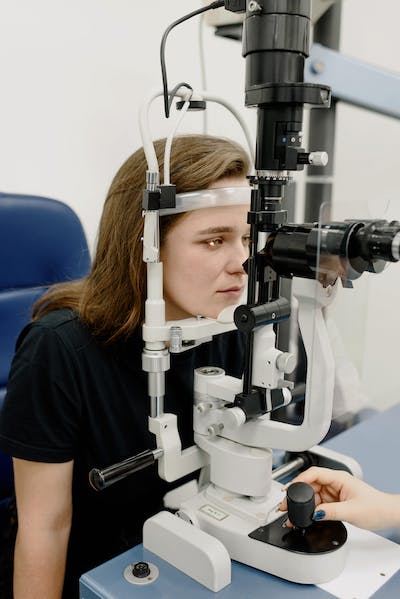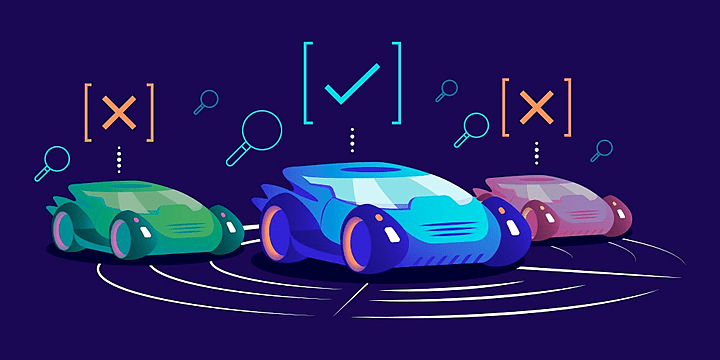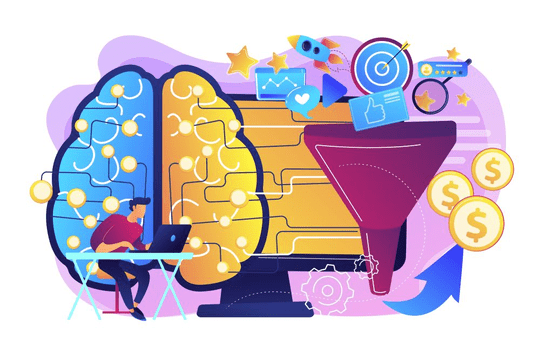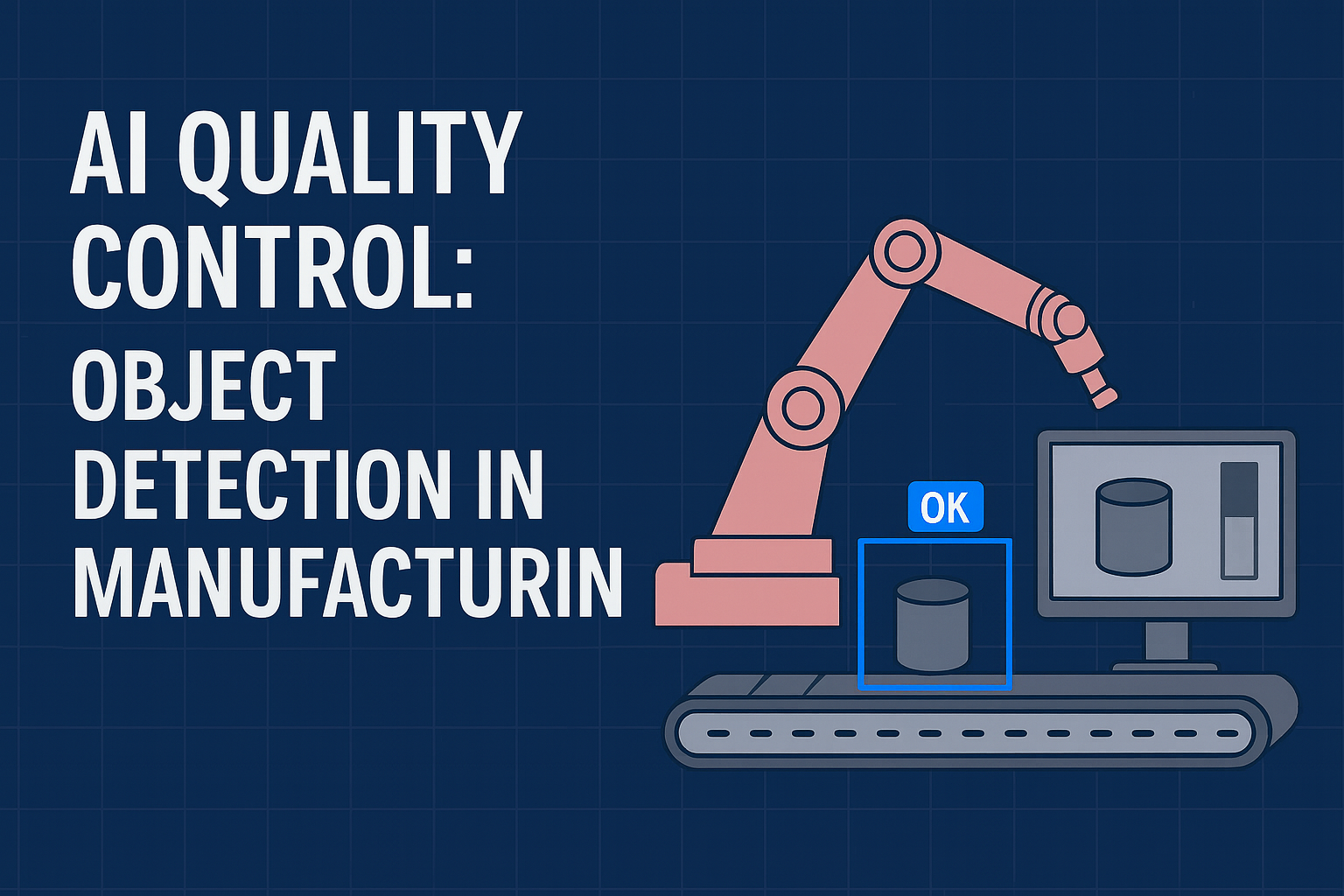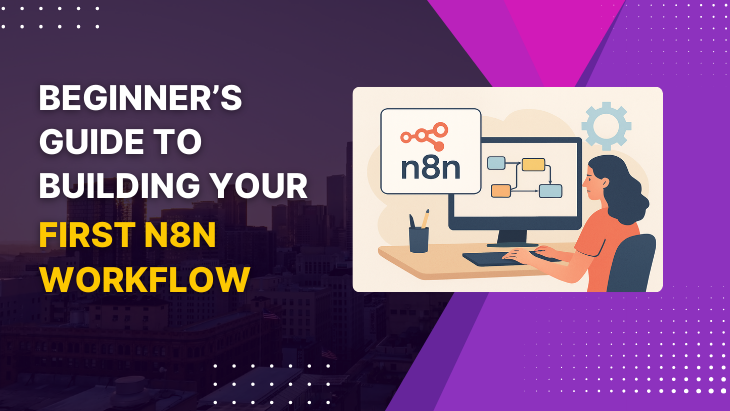Artificial Intelligence
Artificial intelligence (AI) and automation are two rapidly evolving technologies that are transforming the way we live and work. AI is the branch of computer science that focuses on creating machines that can perform tasks that would normally require human intelligence, such as language recognition, visual perception, and decision-making. Automation, on the other hand, refers to the use of technology to automate tasks that would normally require human intervention.
Automation
AI and automation are often used together to create intelligent automation systems, which are designed to automate complex processes and workflows. For example, an intelligent automation system could be used to automate the process of processing insurance claims. The system would use AI to analyse the claim and determine whether it is valid, and then automate the process of paying out the claim if it is approved.
AI and automation are also being used in many other areas, including manufacturing, healthcare, finance, and customer service. In manufacturing, robots are being used to automate tasks such as assembly and quality control, while in healthcare, AI is being used to analyse medical data and help doctors diagnose and treat patients more accurately.
One of the biggest benefits of AI and automation is that they can help to increase efficiency and productivity. By automating repetitive tasks, workers can focus on more complex tasks that require human expertise. This can lead to increased job satisfaction and higher quality output.
However, there are also concerns about the impact of AI and automation on the workforce. Some experts predict that AI and automation could lead to significant job losses in certain industries, as machines become more efficient at performing tasks that were previously done by humans. Others argue that AI and automation will create new job opportunities in areas such as data analysis and machine learning.
As AI and automation continue to evolve, they will have a significant impact on the way we live and work. While there are certainly risks associated with these technologies, there are also many potential benefits, from increased efficiency and productivity to new job opportunities and improved quality of life. It will be up to businesses, policymakers, and society to find the right balance between harnessing the power of AI and automation and mitigating their potential negative impacts.
Python Automation
Python is a powerful programming language that can be used for automation tasks. Automation is the process of performing tasks automatically, without human intervention. In this article, we will discuss how Python can be used for automation tasks.
Python is a popular language for automation because of its simple syntax, easy-to-read code, and vast collection of libraries. Here are some examples of tasks that can be automated using Python:
- File management: Python can be used to automate tasks such as renaming files, copying files from one location to another, and deleting files. This is useful for tasks such as data cleaning or organizing large amounts of data.
- Web scraping: Python can be used to extract data from websites and save it in a structured format. This is useful for tasks such as collecting data for research or monitoring prices of products.
- Email automation: Python can be used to automate email tasks such as sending emails, filtering emails based on certain criteria, and responding to emails.
- Social media automation: Python can be used to automate tasks such as posting on social media, monitoring social media accounts, and analysing social media data.
- System administration: Python can be used for tasks such as automating backups, monitoring system performance, and managing user accounts.

 5.0
5.0




